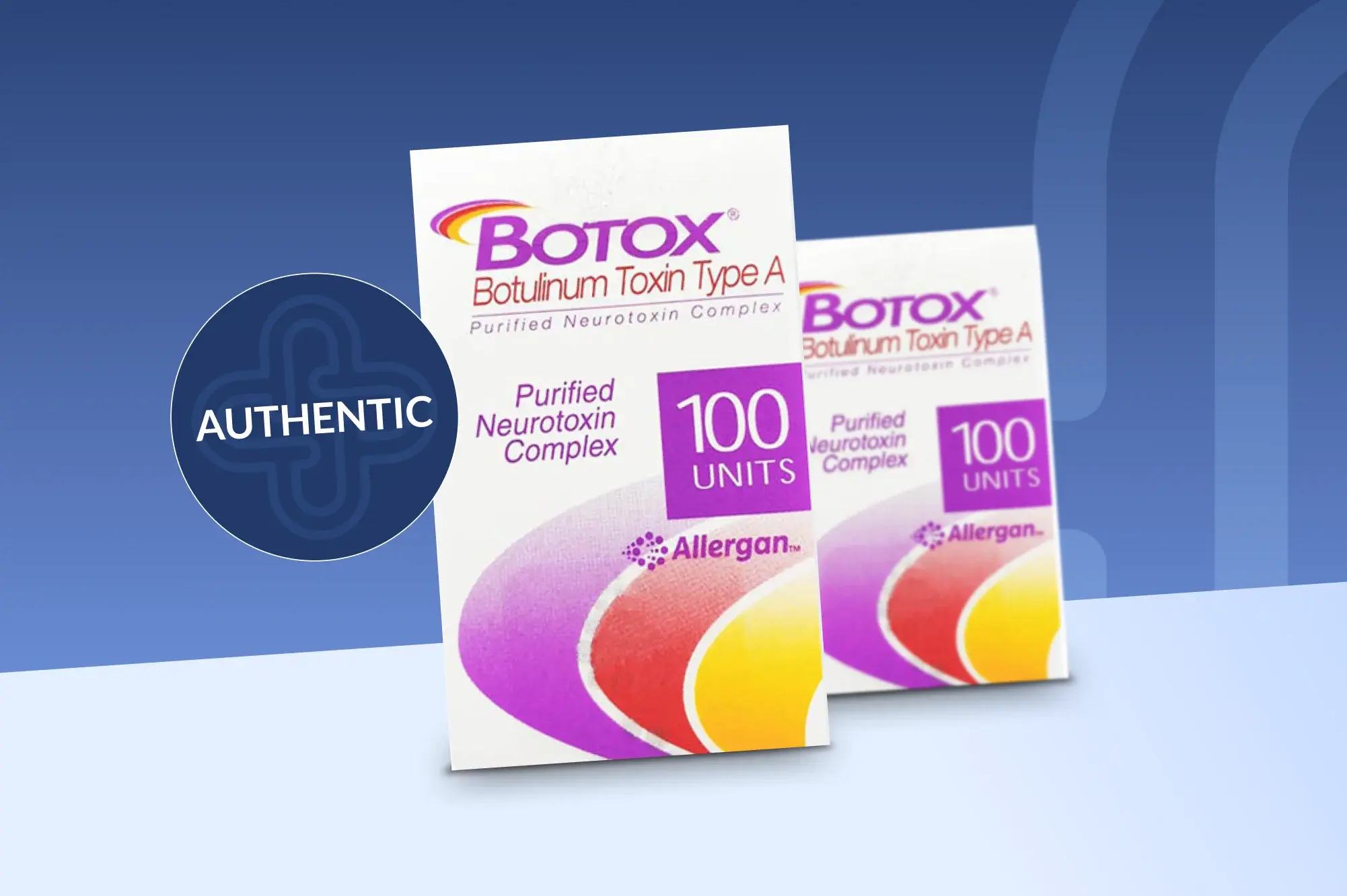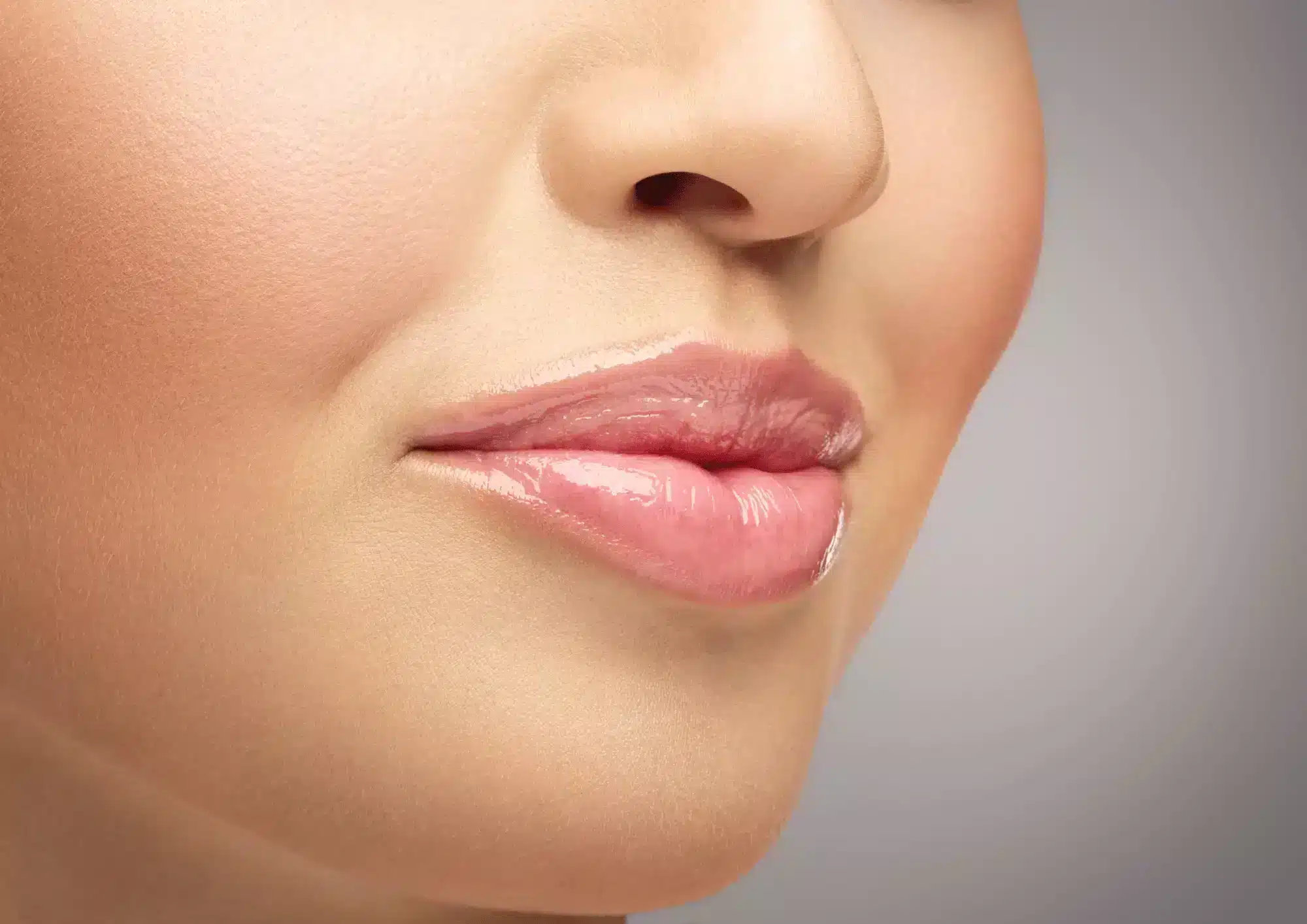Dermal fillers, sometimes referred to as soft tissue fillers, are cosmetic medical devices that are implanted into the skin in order to correct a number of skin imperfections to give patients younger, smoother skin. Dermal filler injections are becoming an increasingly popular anti-aging solution because they are safe, non-invasive, and require little to no downtime once the procedure is done. They work by increasing the volume in the skin to augment or smooth out a number of issues, and restore or help to stimulate production of nutrients that become less plentiful in the skin as the body ages. Cosmetic injectables not only help to reduce the signs of aging, but also help to repair damage caused by external factors such as sun damage, smoking, and even scarring.
What are soft tissue fillers made of?
There are several different dermal fillers on the market, and the ingredients used in each vary by brand, product, and intended uses. However, there are a few keys ingredients that are the most common and popular.
• Hyaluronic acid – Fillers made of hyaluronic acid are great for giving patients a more refreshed appearance, as hyaluronic acid not only increases volume and firmness, but also hydrates the skin for a healthier glow. Hyaluronic acid is a substance that is found in the human body and is great at retaining moisture, making it perfecting for plumping and smoothing out the skin. It is very biocompatible, but these fillers are temporary, as the body slowly metabolizes the hyaluronic acid from the filler.
• Poly-L-lactic acid – Fillers made of poly-L-lactic acid are considered semi-permanent, as they are also biodegradable, but provide longer lasting effects due to their ability to stimulate biological processes that help reduce the signs of aging. Chiefly, poly-L-lactic acid helps to stimulate collagen, which is a huge contributor to maintain firm, elastic skin. Though it is biodegradable, it is a synthetic material.
• Calcium hydroxylapatite – Another ingredient used in semi-permanent dermal fillers, calcium hydroxylapatite is also synthetic. Though it is found naturally within the body, most prominently in bones, a synthetic version is used for dermal fillers.
When should I consider cosmetic injectables?
There are many benefits to receiving dermal filler injections, as they are very versatile and can be used to treat a number of skin issues. Many products are also suitable for treatment in multiple areas of the body, including the face, neck, decolletage, and back of the hands, though the product manual should always be consulted prior to use to confirm what areas the filler may be implanted and to discover what the filler can be used to treat.
Dermal fillers are able to help patients with:
• Augmenting and shaping the lips;
• Enhancing the facial contour;
• Filling out facial creases;
• Correcting fine lines, wrinkles, and folds;
• Improving the appearance of scars;
• Adding volume to facial hollows;
• Cheek augmentation.
Each filler is different and not all fillers will be able to provide results in all of the above-mentioned issues. Depending on the results desired and the severity of the corrections, or even depending on the product itself, multiple injection sessions may be required.
What are the risks of using dermal fillers?
Dermal filler injections are a very safe procedure when performed by a licensed and experienced medical professional. It is important to remember that cosmetic injections are in fact a medical procedure, and finding a reputable physician to administer the injections is of utmost importance. Though the devices and the procedure are safe, there are some side effects and risks associated with the use of dermal fillers.
Any side effects associated with dermal filler injections are typically mild and temporary, and will usually go away without intervention within a few days to a week. These side effects include:
• Bruising, bleeding, redness, itchiness, swelling, or rash at the injection site;
• Lumps;
• Skin necrosis.
While very rare, there are a few more serious side effects and risks associated with dermal fillers. These risks include:
• Hypersensitivity up to anaphylactic shock;
• Injection material leakage or movement of material from the treated area;
• Permanent nodules;
• Scarring;
• Vision issues;
• Stroke.
In addition to these possible reactions, patients also run the risks of receiving under or over-correction if an inexperienced doctor administers the filler injection, resulting in a less than satisfactory result. For the safest and most beneficial results, a skilled practitioner is a must.
Dermal fillers are a safe and effective medical cosmetic solution that are able to provide youthful elasticity and volume to areas of the body that are most affected by the process of aging. They require little to no downtime for recovery and are even able to restore cellular functions that will help keep the skin looking younger for longer. There are a number of benefits to receiving dermal filler injections, and the majority of risks associated with treatment lie in trusting the wrong medical practitioner to perform the procedure.








